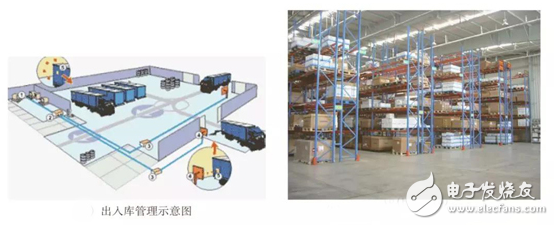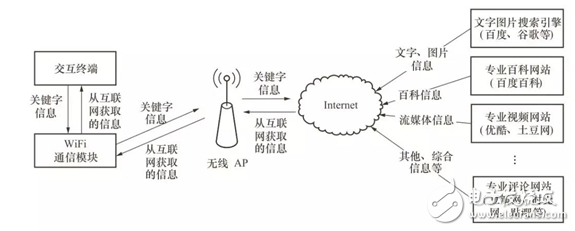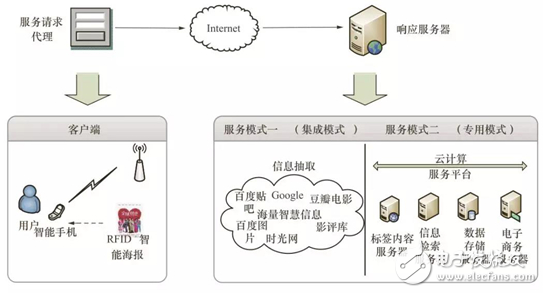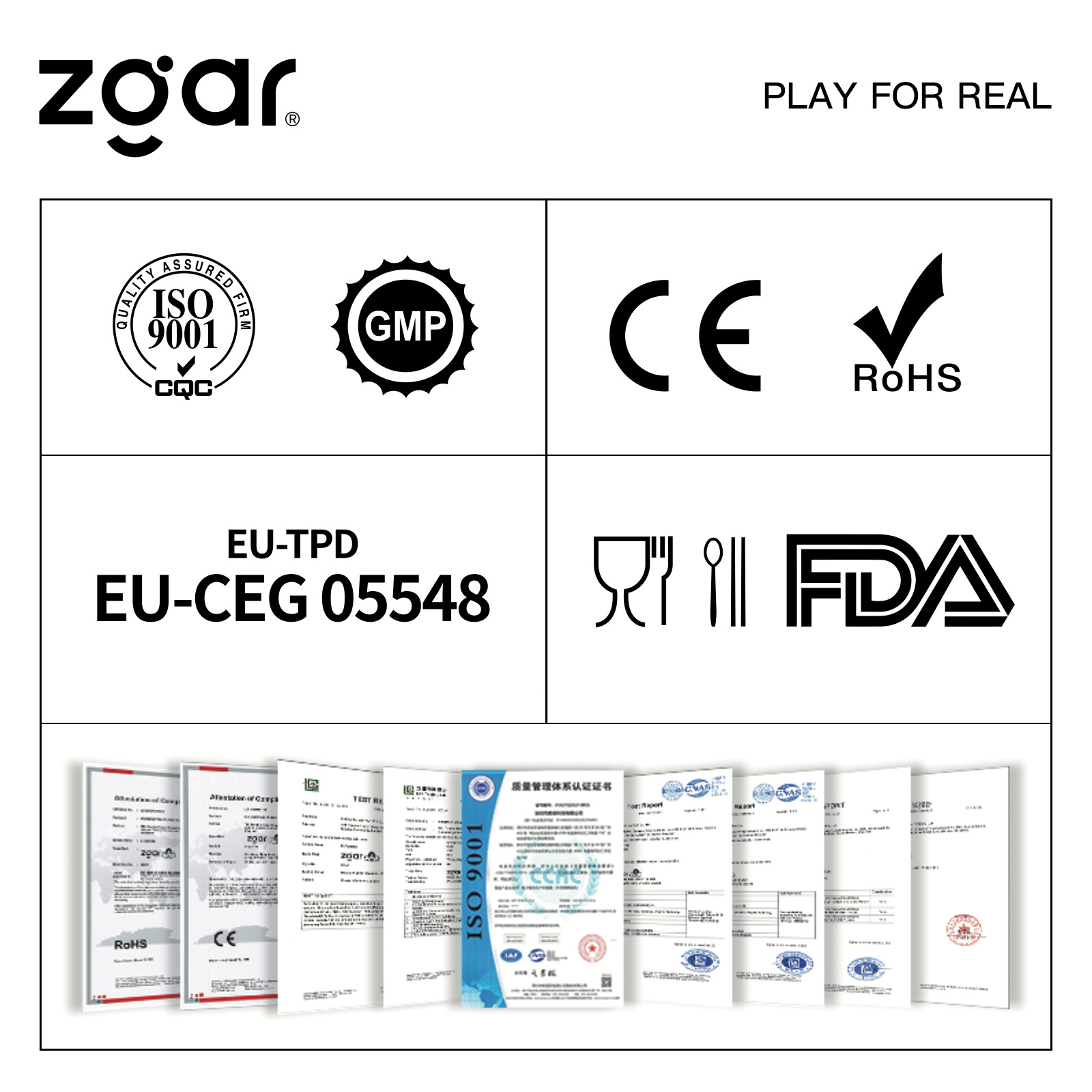Using many different characteristics of RFID, people have developed a series of applications in logistics management, electronic payment, anti-counterfeiting, security access control, intelligent transportation, electronic business cards, traditional media development, rapid access, animal and plant management, indoor navigation and other fields. Both have been widely used.
In general, the related applications of RFID technology can be divided into the following three modes: tag identification; information retrieval and integration; target monitoring and tracking.
1. Label recognitionBecause RFID technology can support "contactless automatic fast identification", which is also its most critical feature, tag identification has become the most basic function of all RFID technology related applications, so as to expand out and in various industries. The combination of related technologies has produced many new application products, which are widely used in logistics management, security and anti-counterfeiting, food industry and transportation.
To achieve tag identification, a typical RFID application system consists of three main components: an RFID tag, a reader (including an antenna), and an interactive system, as shown in the following figure.

When the item enters the radiation range of the reader antenna, the tag on the item receives the RF signal from the reader, and the passive passive tag (PassiveTag) sends the data stored in the tag by the energy obtained by the induced current, active active The tag (AcTIve Tag) actively sends the data stored in the tag chip. The reader reads the data, decodes and directly performs simple data processing, and sends it to the interactive system. The interactive system judges the legality of the label according to the logical operation, and performs corresponding processing and control for different settings, thereby realizing the basic of the RFID system. Features.
At present, in the logistics industry and intelligent transportation, RFID tag recognition has been widely used.
1. Logistics industry
The Internet of Things, first of all, rises in the logistics industry. In order to overcome the shortcomings of traditional logistics, the logistics system now uses a combination of radio frequency identification devices, sensors, GPS (Global Positioning System) and the Internet to form a large network for intelligent logistics management.
In intelligent logistics, an object identifier (identity) is used to uniquely identify information about an object. In the Internet of Things, any object has an identity identifier that is different from other objects. Among them, the Electronic Product Code (EPC) is a representative identification code in the current Internet of Things. If all objects or electronic devices in the logistics system are interconnected, each object or device can be considered as a node in the network with a unique identifier. By reading the identification, the information contained in the object can be obtained. Under normal circumstances, RFID tags are selected as the carrier of object identification information due to low cost, easy to read and write, and not easily damaged, and are used to realize object recognition. When all logistics companies join such an EPC network and use a unified format to exchange information, global intelligent logistics management can be realized.
Because the electronic tag has the characteristics of reading and writing, no direction, no damage, long-distance reading, and simultaneous reading of multiple items, it can greatly improve the record collection speed and accuracy of the information of the inbound and outbound products; Errors, improve the speed and accuracy of the inventory. Therefore, since the popularity of RFID technology, it has been mainly used in the logistics industry.
In addition, in the logistics system, warehousing is also a relatively important part, but due to the large-scale development of manufacturing capacity and the more developed transportation system, the warehousing operation has changed compared with the previous quality and quantity. Modern warehousing not only needs to realize the storage function of goods, but also has a clear mark on the type, quantity, owner and storage location of the goods, and there is corresponding data support to facilitate the work of upstream and downstream.
The RFID technology can realize full-automatic control and management of goods in storage, delivery, movement, inventory, etc., and can track and manage the whole process of the goods, which can effectively utilize the storage space of the warehouse and improve the storage capacity of the warehouse. Reduce the inventory cost of enterprises and enhance the competitiveness of the enterprise market. The following figure shows the application of the RFID system in the logistics industry. It mainly shows the schematic diagram of the inbound and outbound management and the application scenarios on the shelves.

2. Intelligent Transportation System
Intelligent Transportation System (ITS) combines control technology and computer technology to improve the real-time, accuracy and efficiency of transportation systems by using communication technology and sensing technology to effectively integrate information in infrastructure and vehicles. Reduce energy consumption and reduce environmental pollution.
Intelligent transportation systems require multi-domain technology to be collaboratively constructed. From basic traffic management systems to traffic monitoring systems and traffic navigation systems, it is necessary to provide ubiquitous information services by integrating real-time data and feedback from various sources.
The development of Internet of Things technology has brought more development space for intelligent transportation. It can effectively obtain sensory information from infrastructure and vehicles to provide more thorough sensing information for intelligent transportation; provide road condition information and surrounding environment by anytime and anywhere. Information provides users with ubiquitous network services; traffic network management and scheduling mechanisms maximize traffic network traffic and improve security, making traffic more intelligent.
The fine management of the vehicle by the management system is realized by the identification of the entry and exit of the vehicle. In order to reflect the advantages of the RFID system, it is generally required that the system can correctly identify the RFID tag at a higher speed of the vehicle. For example, the non-stop charging system generally requires a speed of 60 km/h to be correctly recognized, and the design performance of the railway number identification system is the highest. The recognition speed can reach 120km/h. RFID technology can meet these requirements.
RFID technology is of great significance to promote the development of modern transportation industry and promote the informationization of transportation. It realizes the concept and development trend of management intelligence, logistics visualization and information transparency in the transportation field. Therefore, more and more transportation industries are beginning to introduce RFID-based intelligent management systems to improve their work efficiency and accuracy. . As shown in the following figure, the architecture of the electronic toll collection system is shown, which is mainly composed of readers, antennas, lanes and RFID tags on the front windshield of the car.

In addition, RFID tag recognition functions are also widely used in product monitoring, medical and health, and heavy industrial equipment manufacturing.
2. Information retrieval and integrationTag identification provides the most critical information extraction function for RFID applications. However, even though RFID's storable information capacity has been greatly improved compared to other identification technologies, its storage information is compared with the entire Internet. Extremely limited. Therefore, based on the limited keyword information of the tag, through the information extraction on the Internet, the RFID tag becomes a window for accessing the vast digital media world, and through this information retrieval and integration, more sensing experiences are realized and realized. Fast and efficient information management.
The process of information collection is implemented by RFID technology. The whole working process of the RFID system is as shown in the following figure. The RFID reader continuously transmits the reference signal carrying energy to the surrounding, and the RFID tag that senses the energy passes the modulation circuit signal to reflect. The method immediately returns the data carried by the RFID reader to the RFID reader, and the RFID reader decodes the received data and transmits it to the host for processing.

Smart poster
In many downtown areas, there are a lot of colorful and eye-catching business event posters, but the poster information is always limited. For example, in a movie poster, a traditional movie poster can only provide a brief introduction to the movie and some publisher information. However, on the Internet, there is a large number of film reviews and movie-related film clips on a movie. The RFID tag containing the basic information of the movie, the user scans the tag by using the mobile terminal, and then activates the related application, first displaying relevant information in the tag, and if the user is interested, the movie description and the actor can be obtained from the Internet through the identification number of the movie. Richer and more specific information such as tables and film reviews. The workflow of the smart poster is shown below.

2. Electronic business card
Business cards are an indispensable element in business communication. In some large-scale exhibitions, it is often necessary to print a large number of business cards, brochures and leaflets, which cause some troubles for the participants, but they can be very good through electronic business cards. Solve this problem. The user's business information, contact information and social network details are pre-loaded in the electronic business card. Participants can easily obtain digital files and multimedia files stored in the sensor by simply using a mobile phone or other mobile terminal device. Exhibitors' information can also be obtained from any brochure. And through the specific processing program, more relevant information such as pictures, videos and other multimedia information can be obtained from the Internet.
3. Target positioning and trackingTarget positioning and tracking based on RFID technology has a wide range of application fields, and there are huge application requirements in many application scenarios. The technology can be used to locate objects, such as warehouse goods positioning, hospital medical equipment management, etc. It can also be used for personnel positioning, such as positioning of underground coal mine personnel, museum visitors, and prison inmate supervision.
Among the target positioning and tracking methods based on RFID technology, the most basic method is the label reading method. In the process of logistics and transportation of goods, all items are distributed and scanned at each key node, and the process is known. Where is the item in the transportation link, this information can make the logistics process traceable, and when there is item loss, there is more reference information in the inquiry and accountability. This way of targeting and tracking is relatively basic, and can be achieved only by using tag reading. However, in some requirements, real-time positioning of targets in the indoor environment is required. For example, when the hospital conducts information management for infants and patients, it needs to be positioned in real time to facilitate hospital management. In this case, the most important thing is to ensure the accuracy and real-time positioning of the target. In the traditional positioning method, GPS positioning, base station positioning and other technologies have been widely used, but these technologies have better performance in outdoor open environment, but for indoor environment, they can not meet the demand. RFID positioning technology is expected to become the first choice for indoor positioning technology with low cost and non-contact communication.
A number of different RFID positioning methods have been proposed which combine the principles of indoor positioning with the characteristics of RFID technology itself. The RFID positioning method can be divided into: based on tag positioning, based on reader positioning, no transceiver and hybrid method. The tag positioning needs to carry a tag, such as an active tag, for periodically transmitting some signal information; based on the reader positioning, the positioning object carries a reader for collecting nearby tag information; no transceiver model can be used. The location information of the positioning object is obtained when the positioning object does not carry any device; the hybrid method is to combine the RFID technology with other technologies, such as an inertial navigation system, a wireless sensor network system, and the like.
Among them, maternal and child RFID identification management and baby anti-theft management system is a typical target positioning and tracking system. In addition, it also includes real-time positioning systems for prison RFID personnel and applications for medical applications to control the range of infected patients.
ZGAR AZ Mesh Vape Pods 1.0
ZGAR electronic cigarette uses high-tech R&D, food grade disposable pods and high-quality raw material. A new design of gradient our disposable vape is impressive.We equip with breathing lights in the vape pen and pods.
Our team has very high requirements for product quality, taste allocation and packaging design. Designers only use Hong Kong designers, e-cigarette liquid only imports from the United States, materials are food grade, and assembly factory wants medical grade without ground workshop.
We offer best price, high quality Mesh Pods,Pod System Vape,Pods Systems Touch Screen,Empty Pod System, Pod Vape System,Disposable Pod device,Vape Pods to all over the world.


Pod Systems Vape And Smoke,Vape Pod System Device,Pod System Vape Kit,Pod System Mini Vape Pod
ZGAR INTERNATIONAL(HK)CO., LIMITED , https://www.zgarecigarette.com